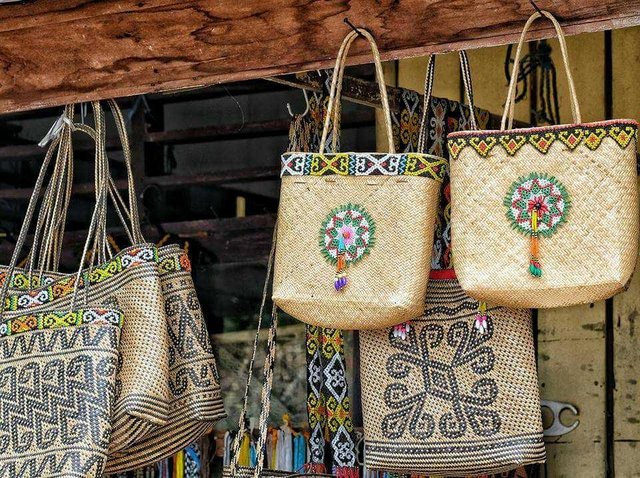
Speaking of an area in Indonesia, it is incomplete if it does not talk about the potential, customs and culture that characterize it. In the border area especially in Lumbis Subdistrict, Lumbis Ogong, Sembakung, Sebuku, Tulin Onsoi, and Sembakung Atulai besides being awarded by beautiful nature also have custom, culture, and typical food that we will encounter when visiting there.
In Kecamatan Lumbis Ogong, there are three major tribes in there, Dayak Agabag, Tahol, and Dayak Okolod. For cultural art there is Kukui dance, Lalatip, Jepen and Angalang dance. It has traditional clothes and handicraft beads and mandau and sipet / blowpipe used for hunting.
Potential areas include rattan, resin, gaharu wood, iron stone and cassava. Cassava there is very good quality, there are more than 40 varieties, and the size can be as big as human thighs.
Cassava is a special commodity in this sub-district because it is the staple food of everyday life. They cultivate cassava by taking their saripatinya to be porridge called ilo or iluy.
Other potentials are river fishery, especially Sapan and Hampala fish. These fish live only in rivers where the forest is still as good as in Lumbis Ogong. Local people in Lumbis Ogong know the processed fresh fish fermented and sold to Malaysia.
There is an interesting culture of the Agabag Tribe is the culture Bedolop, namely decision-making by "custom court". If there are two people in dispute, the traditional elders give a spell and then ask the disputing party or who represents the diving in the water.
In this customary court, the guilty party will appear and get out of the water with blood vomit, bloody ears and other terrible things. In Lumbis Ogong, this tradition becomes a spectacle for the citizens. One thing to note, this Dolop tradition is always right, the wrong side will unfold.
In addition to dance and "bedolop", another unique tradition among local people in Lumbis Ogong is "purut" and "sagging". Purut is granting dowry as dowry from the side of the men to the bride. Giving kurut is done based on the request of the family of the bride. While the tradition of sagging comes from the word "sagit" or "ansagit" which means miss or miss. Pensagitan is interpreted as an inter-family visit to release miss, usually done between families in Sabah Malaysia.
Relations with fellow citizens of Malaysia's neighboring countries run well because driven by culture almost the same, local languages are similar, so that communication can be understood both parties.
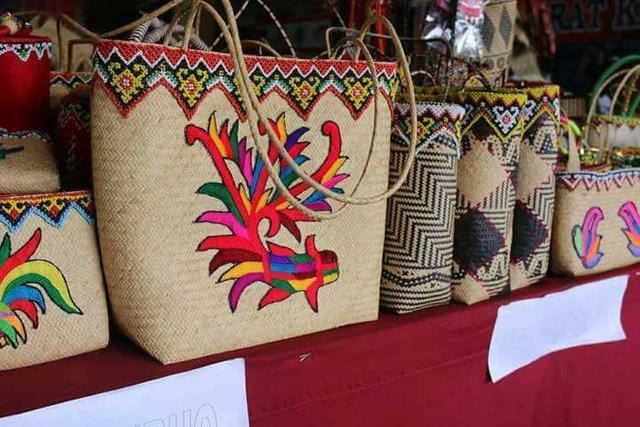
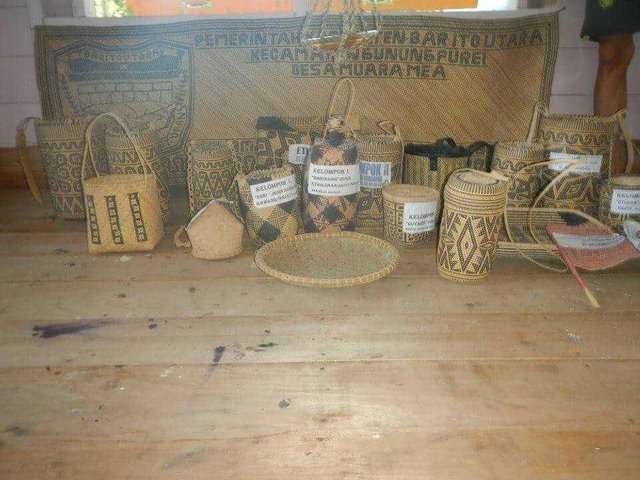
Anjat is a round-shaped bag made of rattan, hand made from Dayak tribe in East Kalimantan. Anjat shape resembles a tube with a height of about 70 cm, the center line of the upper and lower circle is about 50 centimeters.Anjat usually varies according to need. Anjat does not wear a lid, but the top is fitted with small rattan bracelets made of rattan and fitted with rope. When the rope is pulled, the upper part of the anjat will pursed so that the anjat closes.
Anjat is a type of bag that is linked on the back like a backpack that serves to carry things when traveling by the Dayak tribe. For men in the Dayak tribe, anjat used as a container for supplies if going to the forest or hunting, while for women used to store clothes and food when going gardening. But with over the time anjat has also switched functions into a fasioneble handbag for people in the city.
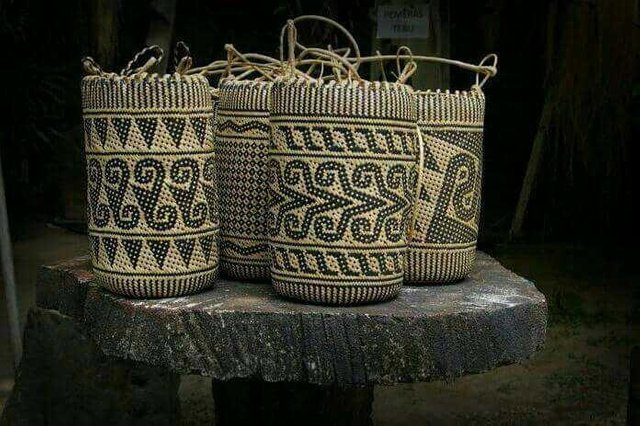
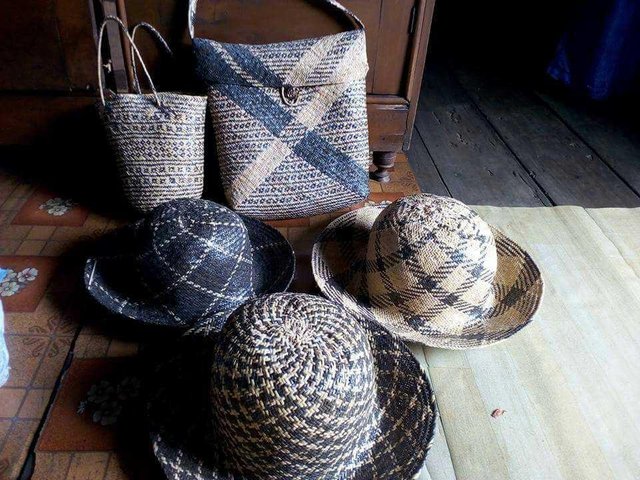
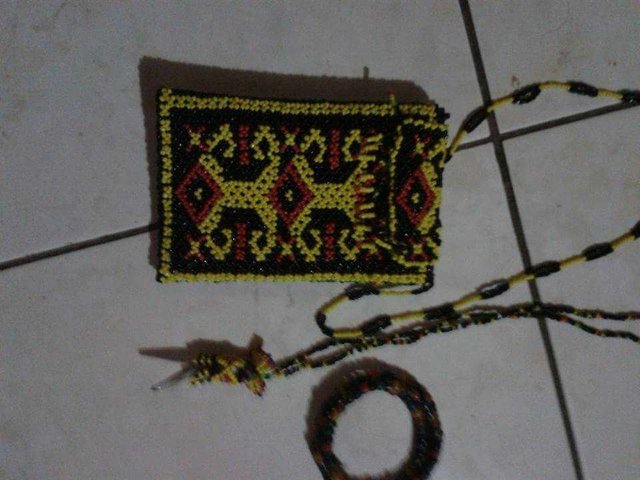
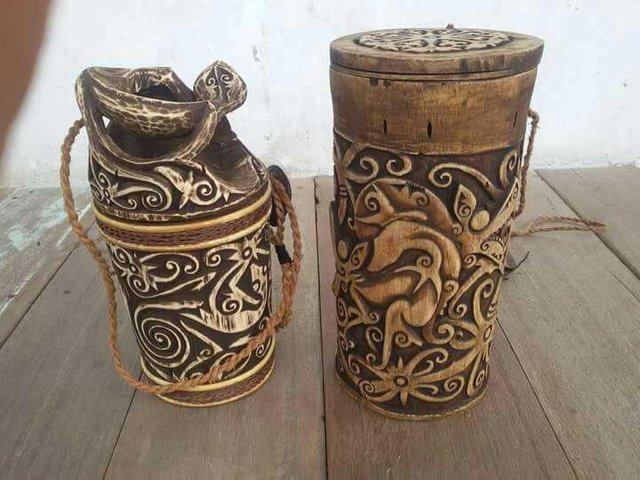
Anjat Carrying DAYAK Tribe
The Dayak tribe mothers do not carry their children with cloth, but with "Bening Aban", one of the typical Dayak Borneo craft made of wood. Bening Aban decorated with carvings or layers of embroidered beads and coins that serve beautify appearances and contains philosophical meaning that the child is the value of HONOR
The wood used to make Bening Aban is light and weak wood, also called Pelai wood. This type of wood grows in primary forests and contains a lot of water. Bening Aban is made as high as 38-40 cm, at the bottom is given a board as a place to sit that has a meaning that a mother is a source of affection.
The decorations on the outside of Bening Aban are usually shaped by Dayak ethnic motifs and have philosophy. Bening Aban himself has a philosophy, namely uphold the essence of a child, that a child is a gift from God. When viewed from the forms, materials and paintings, these things imply the mother's implicit source of all life sciences for his children
The reliefs found in Bening Aban are generally symmetrical and meanders consisting of ferning relings, a motif that symbolizes the eternity of life. In addition to reliefs, there are also motifs in the form of fangs of wild animals, deer antlers, slings and coins. Apparently behind the motive there is a meaning that parents keep their children well.
Bening Aban's form is made in such a way that the child gets comfort while in it. The fathers / mothers usually use Bening Aban to bring his son to the fields, this shows the great affection and responsibility of the Dayak tribe against his son.
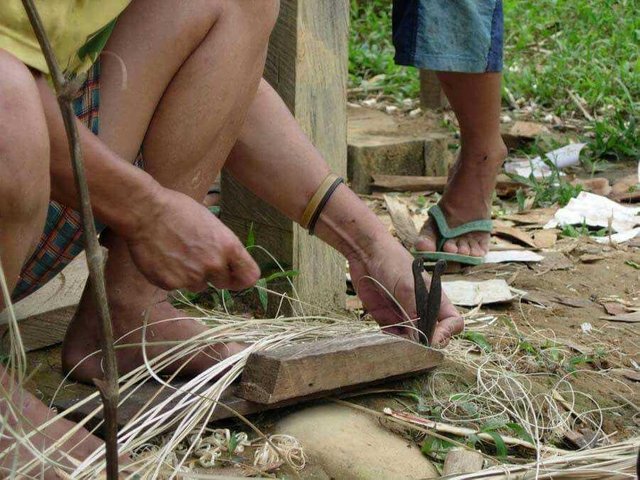
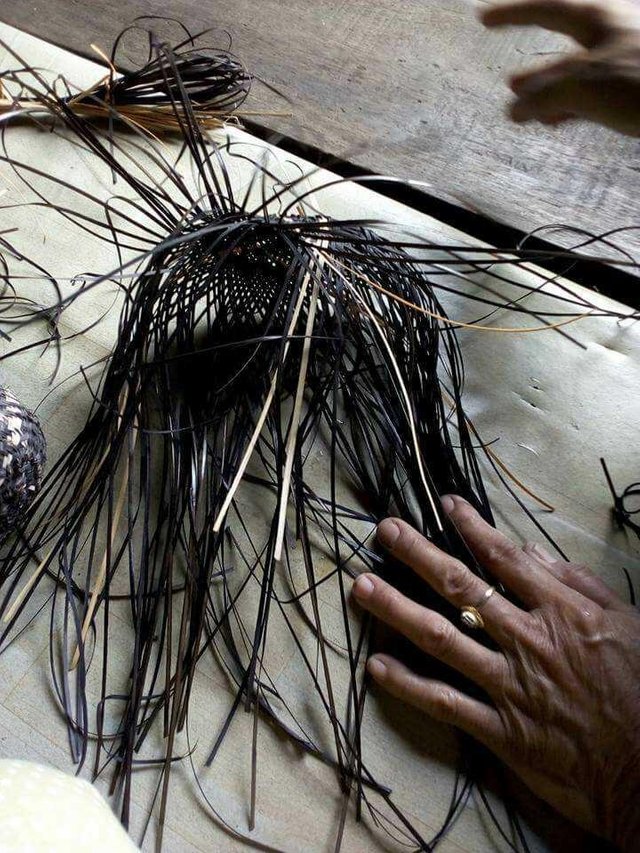
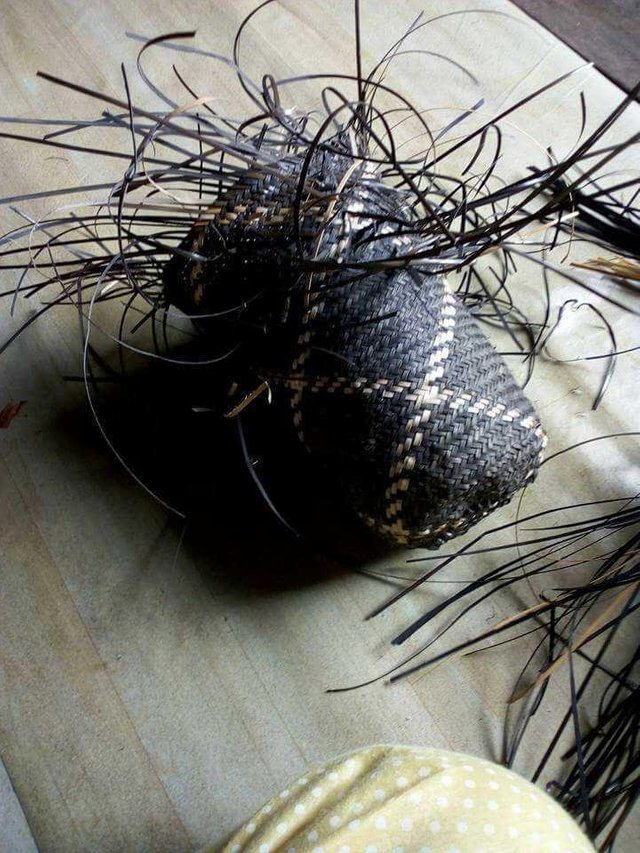

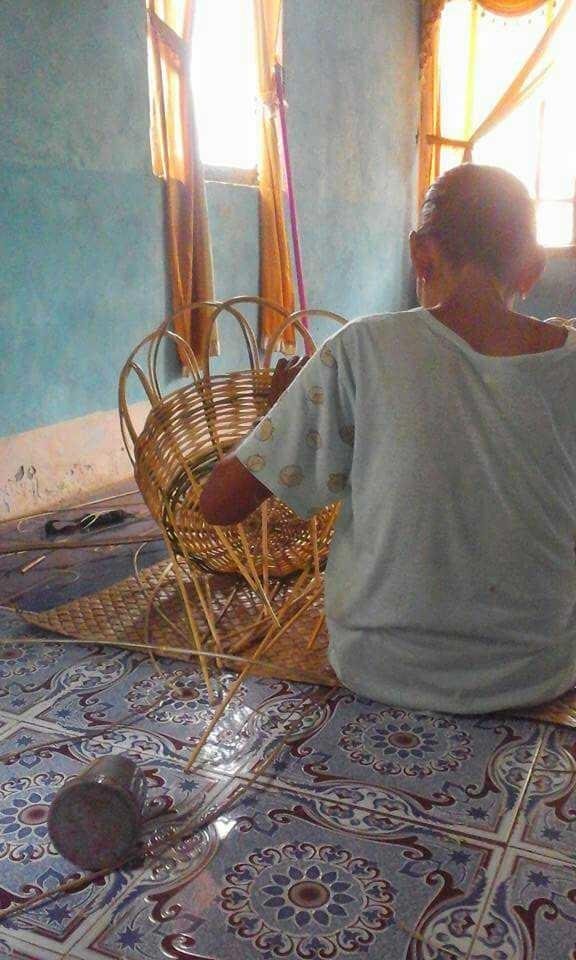
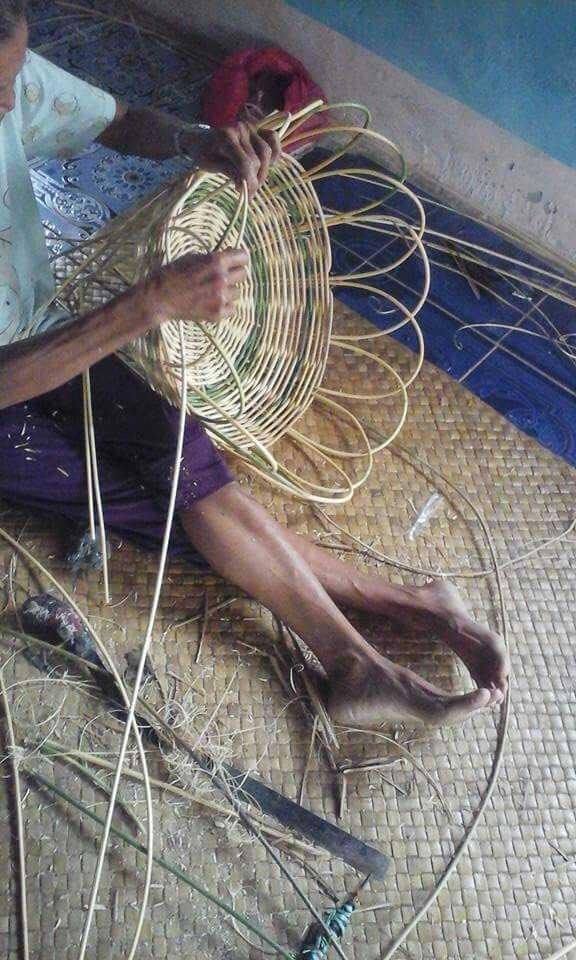
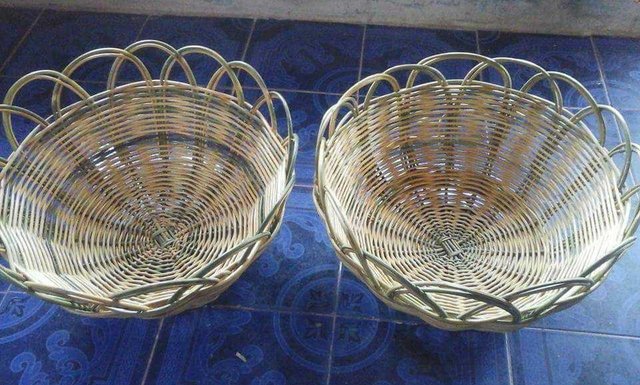
That is the discussion about the art and culture of the Dayak tribe of Kalimantan, hopefully this article can be accepted here and hopefully you like it. Cultural greetings from me.
Thanks.
Upvoted on behalf of @thehumanbot and it's allies for writing this great original content. Do not use bid bots for at least 1-2 days, as your post may get picked up by top curators.
Great Original Works are rewarded by top Curators.If you like this initiative, you can follow me in SteemAuto and upvote the posts, that I upvote.
And remember to do some charity when you are rich by contributing to me.If you have any concerns or feedback with my way of operation, raise it with @sanmi , my operator who is freaking in Steemit chat or discord most of the time.
Downvoting a post can decrease pending rewards and make it less visible. Common reasons:
Submit